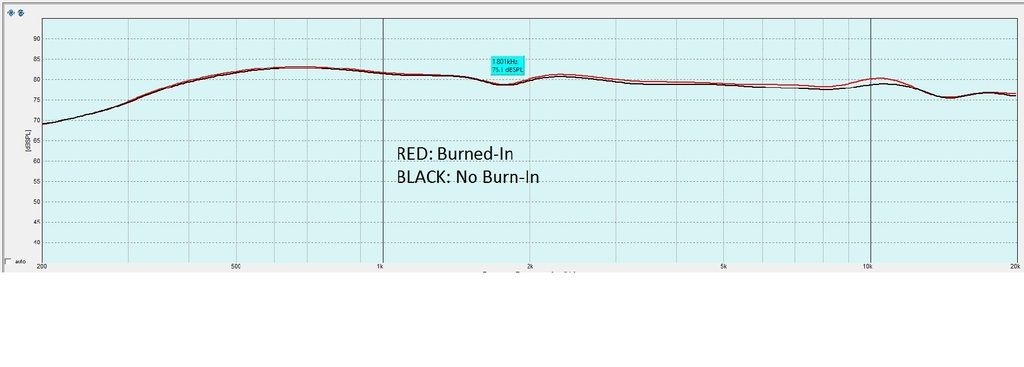ED MEITNER INTERVIEW WITH HIS VIEWS SUPPORTING CRYOGENICALLY TREATING MATERIALS FOR AUDIO
A great interview with the SACD engineer himself, on SACD, is at:
www.positive-feedback.com/0802/pappas.Meitner.rev.8n2.html
Also, the July 2001 Hi Fi News Record Review has an interesting article by Keith Howard, "The Freezing Issue..."
with a brief interview with Ed Meitner:
"Here Ed Meitner of EMM Labs talks about his pioneering work with cryogenic treatment.
'We know what copper looks like under heavy magnification - It has a very erratic lattice structure, and we know that this comes from the way it is made. Most materials come from a liquid and are shocked, more or less, into a solid. So the lattice structure of the material isn't in its natural state. What this does is produce stress, residual stress.
'If you treat the material at low temperatures, where the strength of the atomic bonds starts to diminish, it reverts to the natural crystal structure. So this process relieves the residual stress. It is a function of temperature and time. The absolute temperature doesn't matter very much, but if you only go down to, say -100 degrees F it may take several weeks. If we take it down to liquid nitrogen temperatures then it happens much faster. Our treatment time for copper was 12 hours on the way down, 12 hours soak, and 12 hours back. You don't want to go too fast: then you put thermal stresses into the material and break it.
'As a sanity check on this, I also took permanent magnets and treated them - and of course they deplete.
'We're still using this technique but we haven't concentrated as much on it because this is not my real livelihood. Even though I like to tweak with hi-fi stuff, we're building commercial products here - recording studio consoles and test equipment. I have a friend in town who uses it for vacuum tubes becaue what it does is cut resonance. Residual stress increases the Q of resonances. A vacuum tube is riddled with resonances, so it's very beneficial.
'We also used it with CDs. That was most interesting because it proved a point so well. If you put a CD player into an anechoic chamber, in front of a loudspeaker, and sweep frequency you will find a really vicious peak in the focus servo current around 800 Hz, very high Q. The disc resonates and the focus wants to follow it.This current demand modulates the power supply and generates jitter, which is influenced by the acoustic energy going to the CD player from the speakers.
'Since its around 800 Hz, we have this problem with female voices. If you know somebody who can sing in that frequency range, very loud, they can shut CD players down. Cryogenic treatment doesn't change the frequency of that resonance, it just changes its Q (damping). Once you are talking high velocity vibrations, as they are at 800 Hz, clamping doesn't change things much. We tried damping mats and all sorts of stuff: they improved things a little but never as much as the cryogenics did.
'Stereophile had a whole bunch of their test discs treated. Some were treated and some not. Almost everyone they sent them to agreed that the treated discs sounded better. Another thing that happened which was probably even more interesting was that Analogue Devices came to us and we treated some 20-bit DAC chips. They sent out u ntreated and treated chips for people to try and again the same things happened: the treated ones sounded better. Again, you have mechanical resonances and they are attenuated by reducing the residual stress.
'There was never a failure. We treated tons of solid state stuff, whole circuit boards, and the only bad thing that happened was that the electrolytic capacitors would lose their shrinkwrap. That was it. We even treated speaker voice coils.
'What I've found over the last 15 years of being in high-end audio is that most of the minds are pretty closed. And this is strange: it's the opposite of what you would expect. So now I'm back in the pro audio business. What's even more puzzling is that you have all this megabucks equipment out there where the cost of the treatment would be of no concern. It would be a tiny fraction of the overall cost.
'Cryogenic treatment is not nuts. The windows on the space shuttle are treated with liquid neon. Wehave a company here in North America which sells fishing line that's treated. Apparently it holds the load better. A friend of mine in Boston has a big cryogenic facility and one female customer sends in cheap pantyhose for treatment because they run less.!' "








